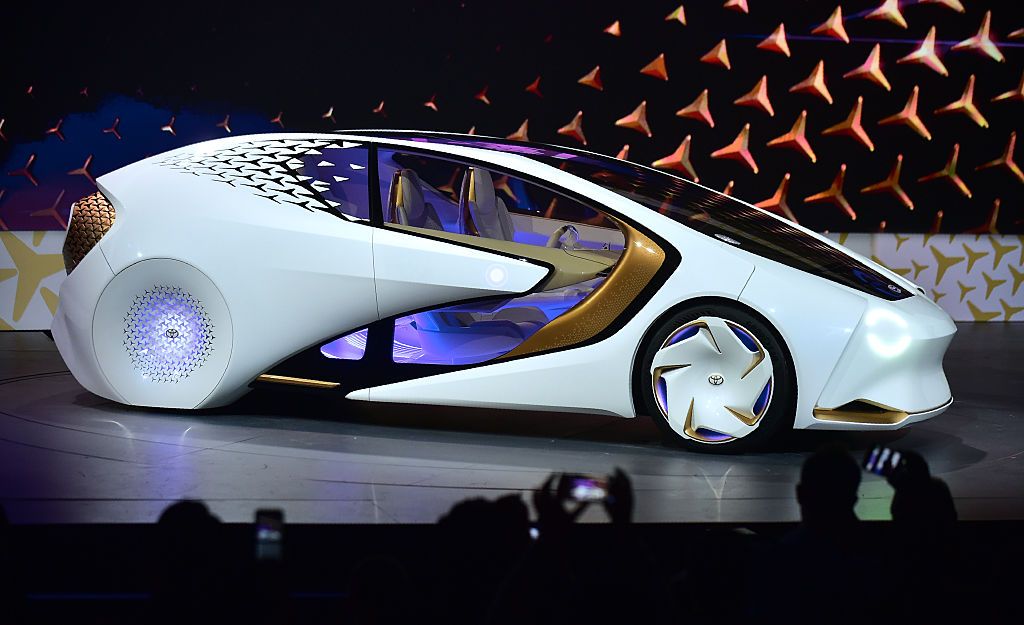The end of World War 2 saw the emergence of several new automobile companies in the United States. Even in those days when cars were much more simple than now, it still took a large amount of money to create a standard passenger car brand from scratch. The Tucker was a famous failure, whereas Kaiser-Frazer, backed by famed industrialist Henry J. Kaiser, was somewhat successful, at one point capturing more than four percent of the American market before failing by the mid-1950s. More information can be found starting here.
During the product development phase, front wheel drive was considered for the Kaiser brand. But this was called off and Kaisers and the more up-scale Frazers shared the same 123.5-inch (3137 mm) wheelbase body. Frazers had slightly more powerful motors and fancier interiors. But exterior differences mostly had to do with grille design.
This is not full-fledged badge engineering, yet it comes fairly close to that. Below are images of early (1947-1948) Kaisers and Frazers.
A 1947 Kaiser publicity photo showing the simple, but rather awkward, design.
I include this idealized advertising illustration because it shows the Kaiser's grill design. One inaccuracy is the raised area at the center -- behind it was body color painted sheet metal, and not a dark opening as shown.
Again, distorted illustrations typical of those times. It shows the two brands' grilles for a quick comparison. Note the chrome strip on the side of the Frazer as well as its more elaborate bumper design.
This Frazer publicity photo seems to show either a pre-production or perhaps an early production car. That's because the grille lacks vertical bars typically seen on 1947-48 Frazers. The bumper has only two guards instead of the usual four.
A "for sale" photo of a 1947 Frazer showing the grille and a two-tone paint job. The radiator opening was the same as the Kaiser's and lacks the false grille opening segment mentioned above.
The end of World War 2 saw the emergence of several new automobile companies in the United States. Even in those days when cars were much more simple than now, it still took a large amount of money to create a standard passenger car brand from scratch. The Tucker was a famous failure, whereas Kaiser-Frazer, backed by famed industrialist Henry J. Kaiser, was somewhat successful, at one point capturing more than four percent of the American market before failing by the mid-1950s. More information can be found starting here.
During the product development phase, front wheel drive was considered for the Kaiser brand. But this was called off and Kaisers and the more up-scale Frazers shared the same 123.5-inch (3137 mm) wheelbase body. Frazers had slightly more powerful motors and fancier interiors. But exterior differences mostly had to do with grille design.
This is not full-fledged badge engineering, yet it comes fairly close to that. Below are images of early (1947-1948) Kaisers and Frazers.
A 1947 Kaiser publicity photo showing the simple, but rather awkward, design.
I include this idealized advertising illustration because it shows the Kaiser's grill design. One inaccuracy is the raised area at the center -- behind it was body color painted sheet metal, and not a dark opening as shown.
Again, distorted illustrations typical of those times. It shows the two brands' grilles for a quick comparison. Note the chrome strip on the side of the Frazer as well as its more elaborate bumper design.
This Frazer publicity photo seems to show either a pre-production or perhaps an early production car. That's because the grille lacks vertical bars typically seen on 1947-48 Frazers. The bumper has only two guards instead of the usual four.
A "for sale" photo of a 1947 Frazer showing the grille and a two-tone paint job. The radiator opening was the same as the Kaiser's and lacks the false grille opening segment mentioned above.

















EmoticonEmoticon